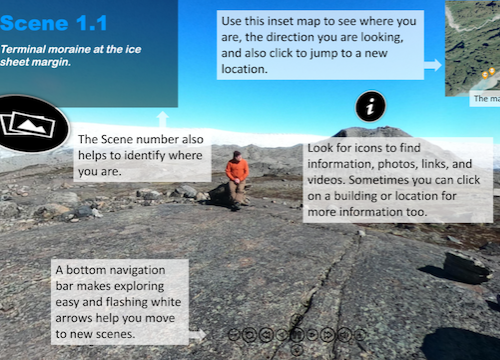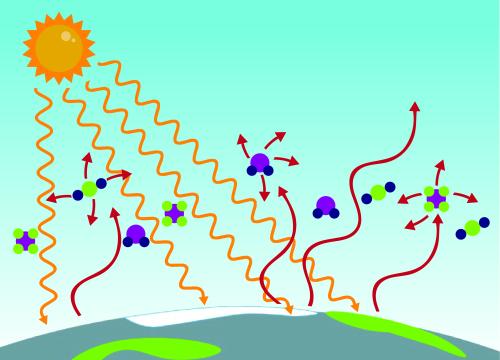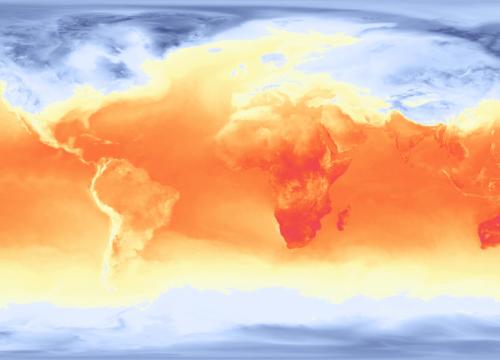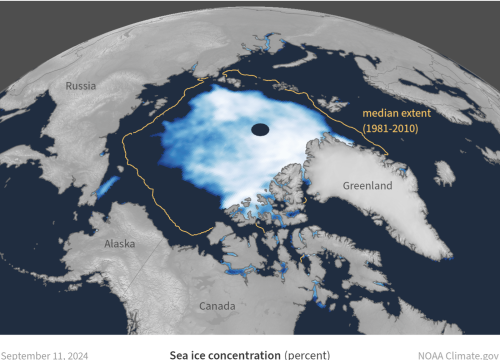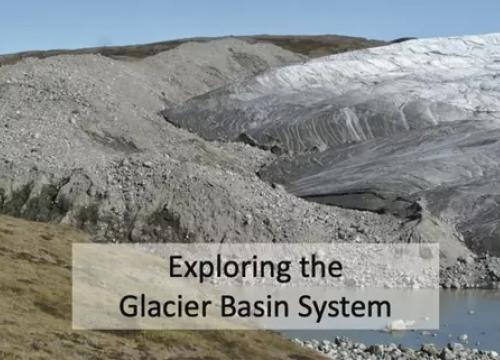Precipitation Departure - LA Fires
By comparing precipitation to a 30-year average, we can identify areas that may be at risk for drought. In this lesson, students will closely observe a map showing precipitation departures from normal, then zoom in to focus on North and South America. Working in pairs, they will analyze and discuss key figures, including a drought severity map of the Southwest and a bar chart showing the overlap between dry periods and the windy season. Through this activity, students will strengthen their skills in interpreting visual data and making evidence-based connections.
Context for Use
In this short activity, students will strengthen their critical thinking skills by carefully observing the data, forming ideas, and backing them up with evidence.
While the main goal is to encourage slow, careful observation, this activity also connects to topics like precipitation, drought, winds, climate normals, fire, and weather. If you’re covering any of these, this could be a great addition to your unit. In the reading extention, students pair up, choose an article from NOAA Features wildfires content, summarize, pair-share and present to the class.
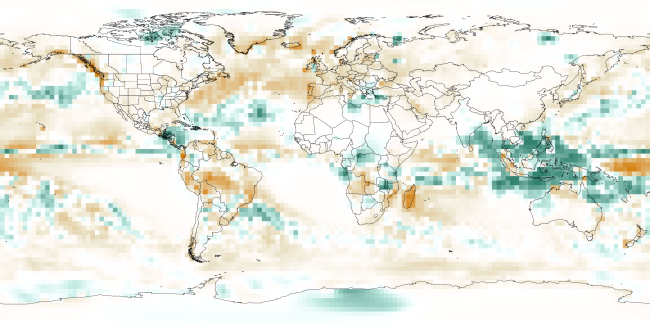
Satellite analysis of global historical precipitation data colored to represent the departure from normal. Green colors represent areas with precipitation totals higher than the 1981-2010 average; orange colors represent areas with lower-than-normal precipitation totals.
Goals Header
What Students Will Do
- Students will strengthen their critical thinking skills by carefully observing the data, forming ideas, and backing them up with evidence.
Teaching Materials
Description
Time required: 10-20 minutes






